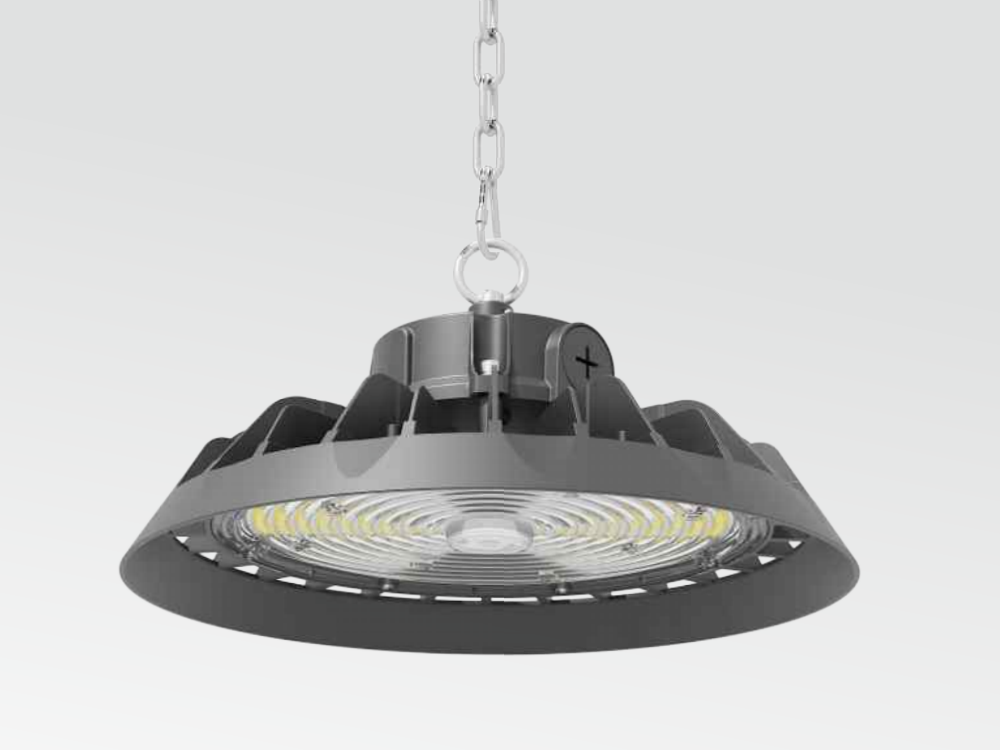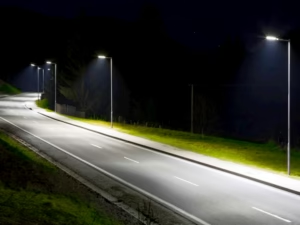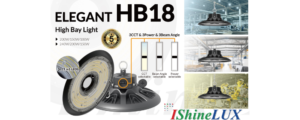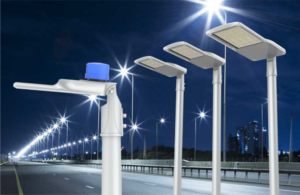What Is 0-10V Dimming and Why It Still Matters in 2025?
Ever installed a “smart” lighting system, only to find out it’s too complicated—or worse, just doesn’t work?
0-10V dimming is a simple, analog lighting control method that adjusts the brightness of lights—especially LED fixtures—by varying a low-voltage signal between 0 and 10 volts. It is widely used in industrial and outdoor projects for its reliability, cost-effectiveness, and smooth dimming performance across different environments.
With so many choices in the market, it’s easy to get overwhelmed. Let’s take a closer look at why this classic control method still holds its ground in modern lighting.
What Is 0-10V Dimming and How Does It Work?
Not every electrician understands 0-10V. But using the wrong standard can ruin the entire project.
0-10V dimming1 works by sending a low voltage (between 0 and 10 volts DC) to the LED driver2 to control brightness. 10V gives full brightness, while 0V gives the lowest level.
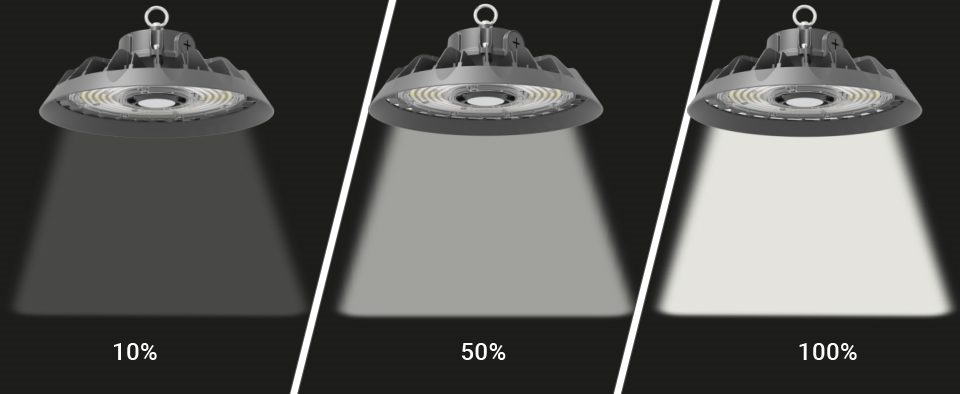
How It Works
This method is analog, meaning it sends continuous voltage signals instead of digital ones. It has been widely used in commercial and industrial lighting3 because of its simplicity and reliability.
Two Control Standards
One simple wiring mistake—and the light won’t dim at all.
| Standard | Signal Source | Typical Use | Notes |
|---|---|---|---|
| IES 60929 Annex E4 (Sink) | Driver provides voltage | Commercial lighting | Most LED driver2s use this |
| ESTA E1.35 (Source) | Controller provides voltage | Stage and theatrical lighting | Less common in general lighting |
Choosing the wrong type may cause the lights not to dim properly, or not work at all.
- My Opinion
In my experience, many customers don’t even realize there are two types of 0-10V standards. This is one of the most common reasons dimming systems fail during installation. A simple mistake, but costly on-site.
Why Choose 0-10V Dimming in 2025?
With so many new options—DALI, Zigbee, Bluetooth—it’s easy to think 0-10V is outdated. But is it?
Because it’s affordable, proven, and easy to integrate. For many outdoor, warehouse, or industrial spaces, 0-10V is still the most practical choice.
System Comparison
| Feature | 0-10V | DALI | PWM | TRIAC |
|---|---|---|---|---|
| Cost | Low | High | Medium | Low |
| Complexity | Low | High | Medium | Medium |
| Digital? | No | Yes | No | No |
| Application | Industrial, Outdoor | Smart Buildings | Special Fixtures | Retrofit |
Simple and stable often beats smart but complex, especially when budgets are tight and installation teams are limited.
- My Opinion
For outdoor and high bay projects, many of my clients still request 0-10V. Not because they don’t know smart lighting6—but because they know 0-10V just works. It’s hard to beat that.
What Are the Common Pitfalls of 0-10V Dimming?
Think you wired everything right, but the lights won’t turn off? You’re not alone.
Most problems come from wiring issues7, incompatible parts, or misunderstanding how the system works.

What Can Go Wrong?
- Incompatible Standards: Mixing IES and ESTA types will cause failure.
- Dimming Range: Some dimmers don’t fully reach 0V, meaning lights won’t fully dim.
- Can't Turn Off Lights: Some drivers keep output at 10% even at 0V.
- Bad Wiring: Signal wires running too close to AC cables can cause noise.
- My Opinion
We’ve seen contractors tear down entire installations only to find the real issue was a simple grounding error or mismatched 0-10V control standard. Double-checking these basics can prevent wasted time and cost.
How to Avoid Compatibility and Flickering Issues?
We’ve seen contractors lose days on-site because of one missed wiring detail.
The key is to use matched components and follow proper wiring rules. Check specs, ask for compatibility lists, and isolate signal wires.
Quick Checklist
- Ask for a dimmer-driver compatibility chart.
- Match voltage standards (Sink vs Source).
- Never mix 1-10V and 0-10V systems.
- Use shielded cables, and avoid running with AC power.
Troubleshooting Table
| Mistake | Fix |
|---|---|
| Running 0-10V wires with AC wires | Use separate conduit |
| No shielding on signal cable | Use shielded twisted-pair cables |
| Ground loops | Use proper grounding layout |
- My Opinion
We always include a printed wiring guide and compatibility list with our shipments. It saves everyone time—and helps our clients avoid frustration.
Is 0-10V Dimming Still a Good Choice for Outdoor and Industrial Projects?
When lighting fails in a tunnel or warehouse, it’s more than an inconvenience—it’s a safety risk.
0-10V dimming1 is perfect for outdoor and industrial projects because it’s stable, easy to wire, and resistant to network failure.
Where It Works Best
| Fixture Type | 0-10V Ready? | Notes |
|---|---|---|
| High Bay Light | ✅ | Smooth dimming, easy wiring |
| Tunnel Light | ✅ | Works with basic switches |
| Street Light | ✅ | Stable in harsh weather |
| Stadium Light | ✅ | Can pair with smart controllers via 0-10V module |
0-10V systems also integrate with smart systems through gateways, allowing remote control when needed.
- My Opinion
Many of my clients rushed into smart lighting systems and later faced integration issues and unexpected maintenance. For public and commercial projects, 0-10V remains the safer, more stable choice.
Conclusion
0-10V dimming1 is simple, cost-effective, and reliable. That’s why it’s still the go-to control method for industrial and outdoor lighting in 2025.
-
Explore this link to understand the fundamentals of 0-10V dimming and its applications in lighting. ↩ ↩ ↩
-
Learn about the role of LED drivers in dimming systems and their importance in achieving desired brightness. ↩ ↩
-
Discover the reasons why 0-10V dimming remains a top choice for industrial lighting applications. ↩
-
Find out how this standard impacts the performance of commercial lighting systems. ↩
-
Understand the differences between ESTA E1.3 and IES standards for better lighting control. ↩
-
Learn about the integration of 0-10V dimming with smart technologies for enhanced control. ↩
-
Learn about potential wiring pitfalls and how to avoid them for successful installations. ↩

